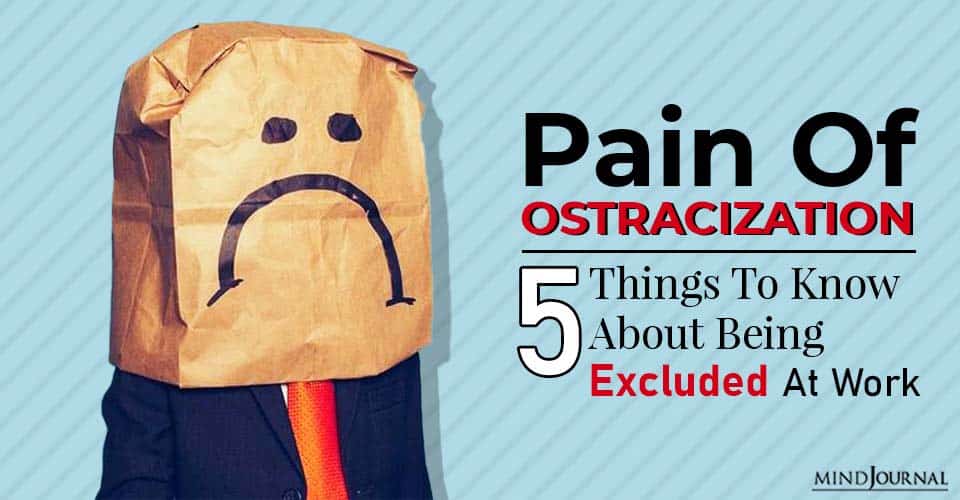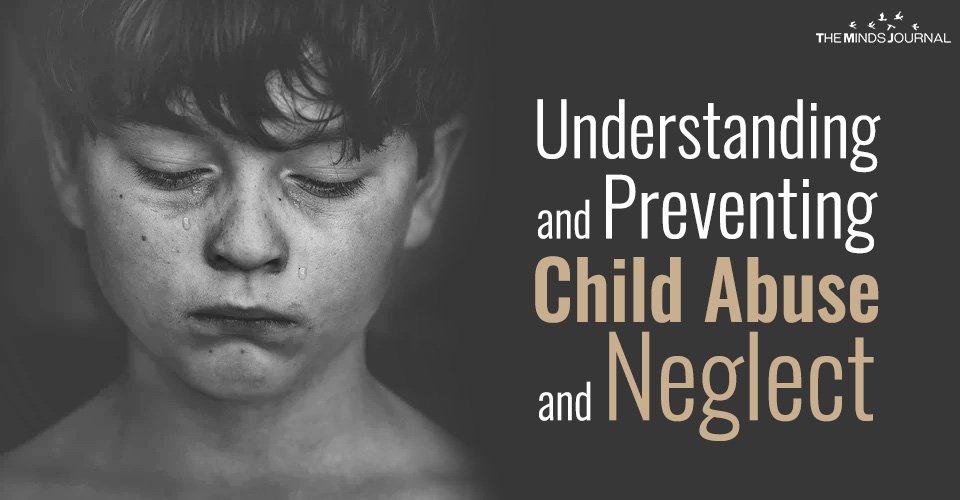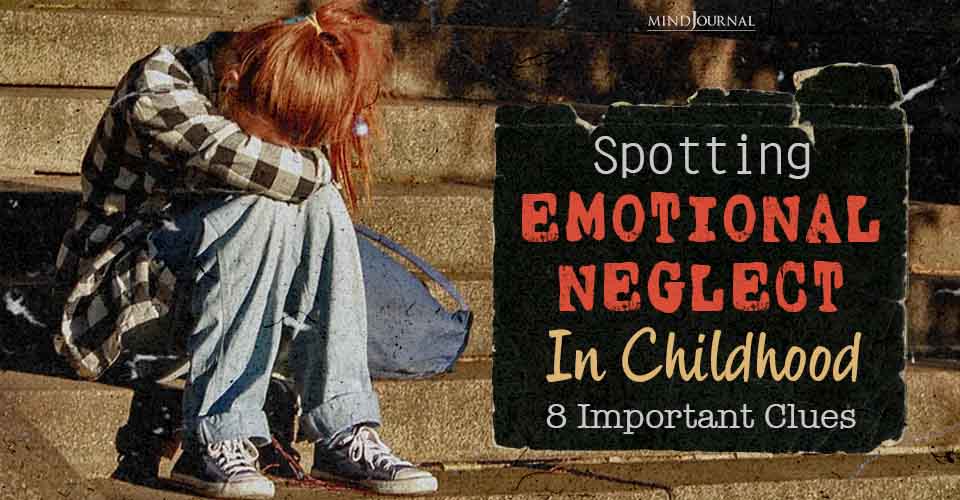Ostracization is a common weapon for workplace bullies and one they use to make sure their target does what they tell them to do. It’s their way of controlling someone and their actions, and making sure that the bully himself never faces any consequences for his depraved actions.
#1. What Does Ostracization Look Like?
Ostracization, or the exclusion of a person by an individual or group, is a common tactic of workplace bullies. It serves as a silent weapon, difficult to name, hard to call out, and detrimental to the target’s mental health and ability to meet the demands at work. Feelings of rejection are strong and quickly triggered, as demonstrated in a research study using Cyberball, a computer-generated game of ball toss in which the target is suddenly excluded from play.
The ostracization cycle, according to Kipling Williams, a Distinguished Professor of Psychology at Purdue University and foremost expert in the field, follows a three-stage process referred to as the Need Threat Temporal Model.
It begins with the Reflexive stage in which the target’s fundamental needs of belonging, self-esteem, control, and a meaningful existence are threatened.
The Reflective or coping stage is next, where the target assesses the damage and may attempt to re-establish the connection by complying with group norms or become angered by the abuse and seek retaliation.
If the exclusion is prolonged, the target enters the Resignation stage, where he often experiences feelings of unworthiness, hopelessness, and depression.
Related: Workplace Bullying: 8 Signs of A Toxic Person At Work
#2. Why Do Workplace Bullies Use Ostracization As A Weapon?
Hard to prove, easy to join in on, and devastating in impact, ostracization is a favorite tactic of workplace aggressors. According to Williams, “being excluded or ostracized is an invisible form of bullying that doesn’t leave bruises, and therefore we often underestimate its impact.”
Social exclusion attacks the target’s sense of belonging, breaks down her social network, and prevents the flow of information necessary for successfully completing projects and tasks. To make it even more appealing to workplace bully, research shows that ostracization is contagious.
The fear of social exclusion is so salient, most bystanders will adopt the behavior of the aggressor, ensuring their “in-group” membership, as opposed to risking possible retaliation for questioning group norms. Once a target is identified for exclusion, mass mobbing may follow, intensifying the pain and scope of the ostracization.
#3. Why Does Ostracization Hurt So Much?
According to Robert Sapolsky, a neuroendocrinologist at Stanford University and recipient of the MacArthur Foundation Genius Grant, the pain of ostracization appears to be evolutionary. We are social creatures by nature. In the wild, belonging to a group is necessary for survival, and traveling alone leaves us susceptible to injury and death. The pain of ostracization may be an evolutionary tool to warn us we are in danger.
Victims of ostracization often say the exclusion hurts, an apt description it turns out according to Eisenberger, Lieberman, and Williams whose research shows that isolation activates the dorsal anterior cingulate and the anterior insula, the same areas of the brain that light up as a result of physical pain. They surmise “social pain is analogous in its neurocognitive function to physical pain, alerting us when we have sustained injury to our social connections, allowing restorative measures to be taken.”
#4. How Does Ostracization Promote Conformity, Stifle Creativity, And Discourage Whistleblowing?
Employees’ attitudes and actions help to form the prevailing workplace culture and create rules for belonging. Parks and Stone found that cultures with strict norms, who discourage dissent, will sometimes outcast individuals who are high-performing and overly altruistic in action.
They hypothesize such employees raise the bar too high, surpassing work production and creativity norms, and make some colleagues feel poorly about themselves for not being better stewards of others. To reestablish group membership, the high performer is pressured to play small or resign, perpetuating a stifling and sometimes toxic workplace culture.
Cialdini (2005), a professor at Arizona State University, found we often underestimate the intense influence of social dynamics. When poor behavior is pervasive in an organization, in regards to professional interactions and ethical decision-making, employees are more likely to conform. Who risks becoming an outcast in the name of speaking out against injustice?
Related: Toxic Coworkers: How To Deal With The 7 Most Dangerous Work Personalities
Kenny (2019), in her new book Whistleblowing: Toward a New Theory, published by Harvard University Press, found that employees who value justice and fairness over loyalty and conformity tend to be the ones who report abuse and violations of laws and ethics.
Whistleblowing, according to Alford’s seminal work, has significant consequences, including retaliatory isolation in the form of being left out of meetings, cut off from technology, and physically isolated. Though a whistleblower is often celebrated in the larger community for her courage, her bravery may be punished at work, as the bully paints her as a deviant and creates chaos to deflect the issues she called out.
Miceli, Near, Rehg, and van Scotter found ostracizing bold voices also serve as a warning to other employees who may seek transparency in decision making and justice for wrongdoing. The impact of isolation on whistleblowers is significant, causing previously healthy people to experience depression, anxiety, sleep disturbance, and fear.
#5. What Tools Are Available To Help Targets Cope With Ostracization?
Work often provides a circle of social support that extends past the office walls. When a workplace bully ostracizes a target and pressures others to join in on the exclusion, the target may become flooded with feelings of rejection. To regain footing and find soothing and support, research shows there are several places to turn to for comfort.
Employees who maintain full lives outside of the office and nurture relationships across diverse friend groups form a type of buffer against the impact of ostracization. Family members and groups formed around activities such as hobbies, exercising, and religious formation help to make targets feel less isolated. When victims’ social circles at work cut them out, their outside networks help them to meet their fundamental needs.
Molet, Macquet, Lefebvre, and Williams found mindfulness practice to be a useful strategy for mitigating the pain of ostracization. Through breathing exercises, targets learn how to focus on the now instead of ruminating on the painful feelings of being excluded at work.
Derrick, Gabriel, and Hugenberg suggest social surrogates, or symbolic bonds that provide a psychological rather than physical connection, can also help to lessen the pain of ostracization. Social surrogates fall into one of three categories.
There is the Parasocial, in which we form a one-way connection to people we do not actually know but who bring us happiness, like watching a favorite actress in a movie or enjoying a concert by a beloved musician.
Next, there is the Social World, in which we find escape and calm by transporting to another universe through books and television, such as, situating ourselves in C.S. Lewis’s Narnia.
Lastly, there are Reminders of Others, where we use pictures, home videos, mementos, and letters to connect to the people we love and who love us back.
Social surrogates have also been shown to benefit trauma victims, who seek comfort from activities and rituals, instead of opening themselves up to reciprocal human relationships that may put them at risk for re-traumatization.
Though some assume leaning on social surrogates is a sign of maladaptation and deficiency in personality, recent research indicates that social surrogates are correlated with the development of empathy, self-esteem, and other prosocial characteristics of healthy human development.
Related: Toxic Leaders: The Toxic Trinity That Takes Leaders Down
In summary, ostracization hurts, spreads, and has a long-lasting impact on the victim. Exclusionary practices may be used to enforce toxic group norms and discourage employees from speaking out against ethical violations and injustices. Ostracization, at its core, strips individuals of their fundamental needs of belonging, self-esteem, control, and a search for a meaningful existence. Work shouldn’t be painful.
Copyright (2020). Dorothy Courtney Suskind, Ph.D.
If you want to get in touch with Dorothy Suskind, you can drop her a mail at [email protected].
Written By Dorothy Suskind Originally Appeared In Psychology Today
References:
Alford, C. F. (2001). Whistleblowers: Broken lives and organizational power. New York: Cornell University Press. Cialdini, R. B. (2005). Basic social influence is underestimated. Psychological Inquiry, 16(4), 158–161. Derrick, J. L., Gabriel, S., & Hugenberg, K. (2009). Social surrogacy: How favored television programs provide the experience of belonging. Journal of Experimental Social Psychology, 45, 352–362. Eisenberger, N. I., Lieberman, M. D., & Williams, K. D. (2003). Does rejection hurt? an fMRI study of social exclusion. Science, 302(5643), 290–292. Gabriel, S., Read, J. P., Young, A. F., Bachrach, R. L., & Troisi, J. D. (2017). Social surrogate use in those exposed to trauma: I get by with a little help from my (fictional) friends. Journal of Social and Clinical Psychology, 36(1), 41–63. Kenny, K. (2019). Whistleblowing: Toward a new theory. Cambridge: Harvard University Press. Miceli, M. P., Near, J. P., Rehg, M. T., & van Scotter, J. R. (2012). Predicting employee reactions to perceived organizational wrongdoing: Demoralization, justice, proactive personality, and whistle-blowing. Human Relations, 65(8), 923–954. Molet, M., Macquet, B., Lefebvre, O., & Williams, K. D. (2013). A focused attention intervention for coping with ostracism. Consciousness & Cognition, 22(4). Parks, C. D., & Stone, A. B. (2010). The desire to expel unselfish members from the group. Journal of Personality and Social Psychology, 99(2), 303–310. Sapolsky, R. M. (2004). Why zebras don't get ulcers. New York: Times Books. Williams, K. D., Cheung, C. K. T., & Choi, W. (2000). CyberOstracism: Effects of being ignored over the Internet. Journal of Personality and Social Psychology, 79, 748-762. Williams, K. D., & Jarvis, B. (2006). Cyberball: a program for use in research on interpersonal ostracism and acceptance. Behavior Research Methods, 38(1). Williams, K.D. (2009). Ostracism: A temporal need-threat model. In Zadro, L., & Williams, K. D., & Nida, S. A. (2011). Ostracism: Consequences and coping. Current Directions in Psychological Science, 20(2), 71–75. Williams, K. D., & Nida, S. A. (Eds.). (2017). Ostracism, exclusion, and rejection (First, Series Frontiers of social psychology). New York: Routledge.










Leave a Reply